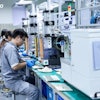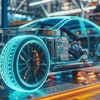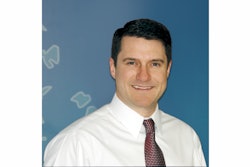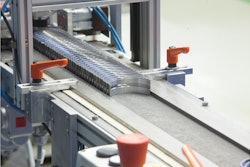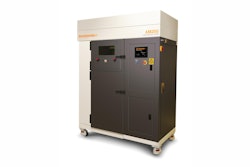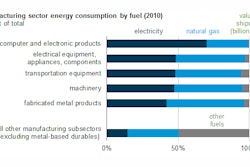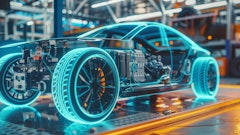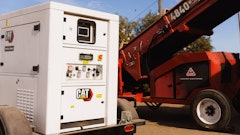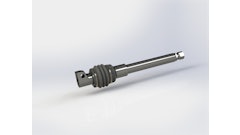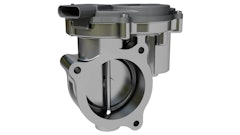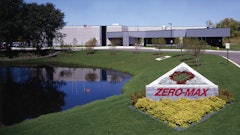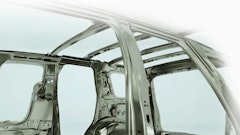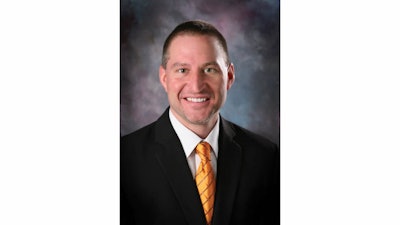
responses by Ian J. Faass, Vice President, Off Highway, The Timken Company
[GLOBAL] What are the economies you are looking at for future expansion and growth?
The well-established BRIC countries continue to present growth opportunities in varying degrees and we are planning accordingly. Sales and technical support are available in these regions and we continue to monitor manufacturing expansion in targeted areas. In addition, we are expanding our sales reach with new offices in Turkey. There is clearly an automotive focus for manufacturing investment in Mexico, but we are not yet seeing that in the general off-highway space.
[GLOBAL] Have the current conditions in Russia/Ukraine or other international situations affected your current or future business plans?
Timken continues to pursue growth opportunities globally, investing in geographies where critical market sectors like energy and infrastructure development are expected to generate demand. Earlier this year, we announced two joint ventures in rail and general industrial markets in Russia as part of our growth strategy.
[POLITICS] What political/government regulation/standard/bill was passed in the past year that most affected the way you do business and go to market?
Government initiatives have instilled uncertainty in capital goods spending for farmers. For instance, renewable fuel standards resulted in increased demand for corn. The lack of legislation, coupled with strong crop growth globally, created a glut of supply, subsequently reducing pricing and impacting growers.
Unwinding the impact of legislation is expected to take one to two years to influence market trends.
[CONSOLIDATION] Now that Tier 4 Final is underway, many companies’ engineering resources have been freed up to refocus on developing new products instead of refining existing products to meet regulatory expectations. Have you seen this refocusing? What does this mean for future equipment designs and advanced system development?
The implementation of Tier 4 represents one of the largest technical commitments for manufacturers in a long time, and as those efforts come to a close, highly skilled resources are being redeployed to tailor products to suit regional preferences for features and durability. The need for the right products at the right price and that deliver the reliability and performance that customers demand has never been higher.
[TECH OF THE FUTURE] Where is the heavy-duty vehicle industry lagging?
The heavy-duty industry continues to drive innovation based on customer needs, like precision planting, and meet government regulations, like emissions control. However, there still is opportunity to make strides in off-highway in comparison to the improvements in fuel economy made in the automotive and heavy truck industries, where multiple approaches have been used. For us a primary focus is using our sophisticated analysis and testing capabilities in reducing parasitic losses in powertrain and wheel applications.
[TECH OF THE FUTURE] What current ideas and new technologies have the most potential for future gain?
In the mining loading and haulage space, the desire for automated mining vehicles will drive new technology developments. In the future, not needing to design a driver’s cab may allow for changes in the vehicle structure and power train architecture that could fundamentally change designs to be more productive and efficient.
[CHALLENGES] What new challenges have arisen that effect the way you design or manufacture your product? How you do business? How you go to market?
The size of opportunities and pace of development in certain markets create challenges to deliver the greatest value to the end user across the spectrum of performance levels and how our customers approach those needs.
Can you give an overview of the company’s DeltaX Initiative that was introduced earlier this year, and how that initiative fits in with Timken’s current and future business plans?
The Timken Company expects to spend $60 million over the next three years to implement our DeltaX Initiative, which replaces a traditional functional structure with a more collaborative one designed to improve concept-to-commercialization. We have fundamentally redesigned our engineering and business systems teams, with a goal of introducing approximately 30% more products and features to the market.

